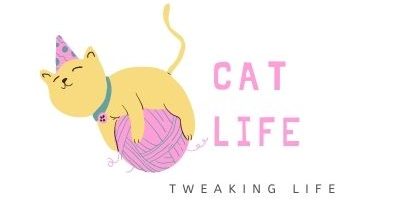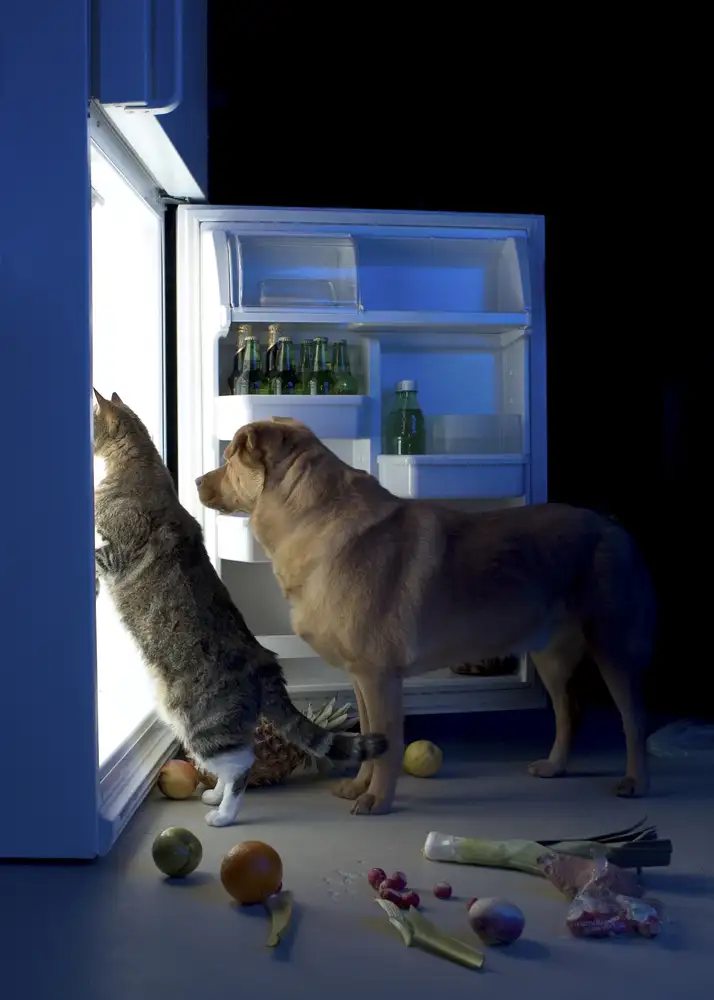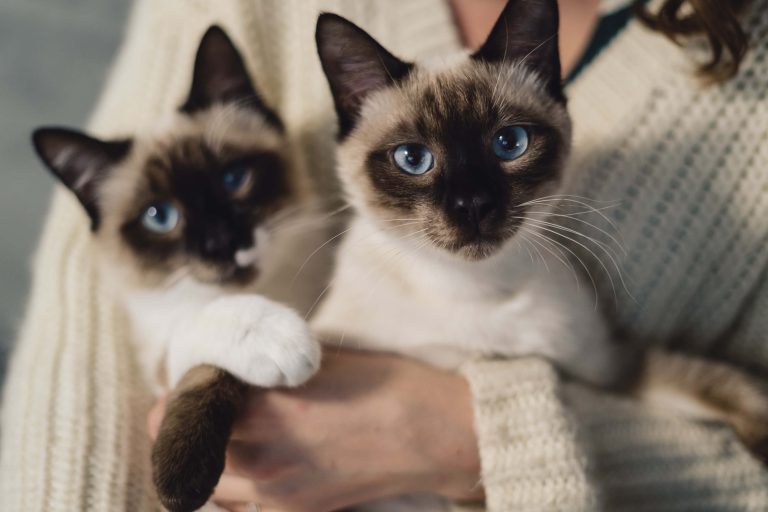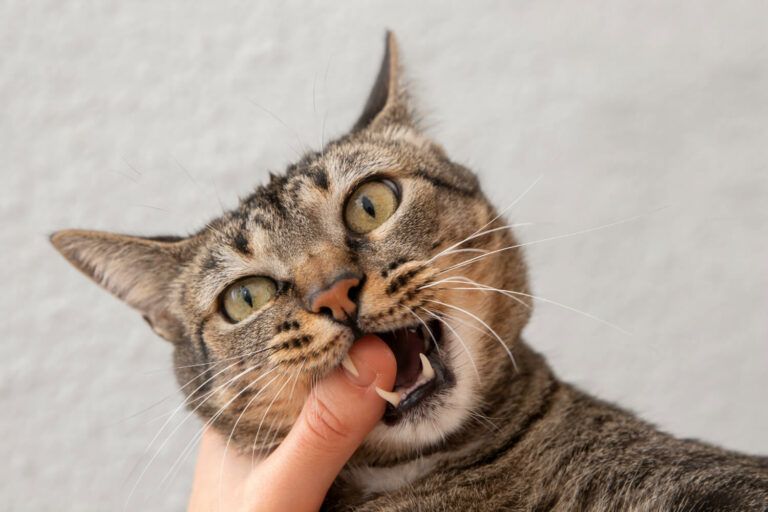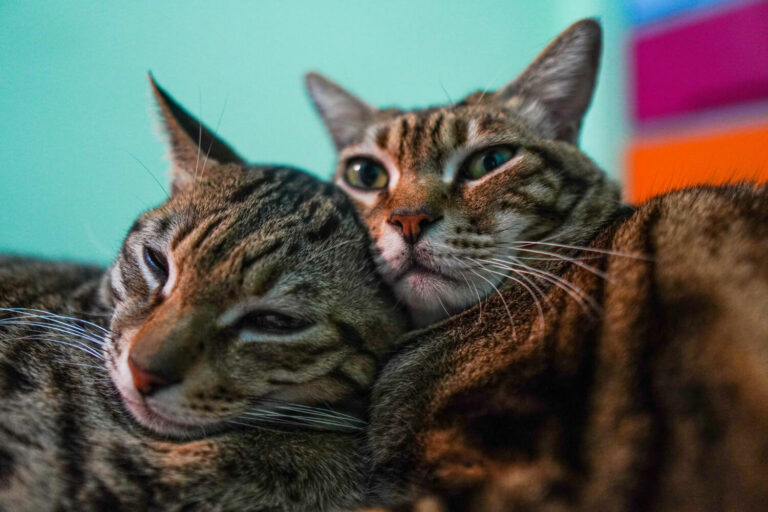Can Cats Eat Lobster? Everything You Need to Know
I recently watched my cousin’s cat go gaga over oysters. This sparked my curiosity and I went into a frenzy researching the different types of seafood that they can eat.
So, can cats eat lobsters? Is it safe? Here is what I found from my research:
Can cats eat lobster?
Yes, cats can eat lobster as long as they are not allergic to it. It’s a great substitute for seafood-based cat foods.
Just be careful not to overdo it, as lobster and other seafood items are high in calories.
Can cats eat raw lobster?
Raw lobster isn’t safe for cats. Do not feed your kitto with any raw seafood. Lobsters can contain parasitic worms and pathogens. For example, Cymothoa exigua, can infect cats.
Consuming raw seafood can also cause stomach cramps and digestive troubles in cats at a minimum. Cooking kills any potential parasites or pathogens present in raw seafood, making it safer for your cat to consume.

Can cats eat cooked lobster?
Yes, cats can eat cooked lobster in moderate amounts. Just be sure that the lobster does not contain any harmful ingredients. For example, keep off onion, garlic powder, and other spices.
Also, make sure your kitto doesn’t eat too much to avoid stomach issues.
What are the health benefits of feeding your cat lobster?
1. Lobster is a good source of protein
Protein is important for cats because it helps to build and repair tissues. Lobster is a good source of protein for cats because it contains all the essential amino acids that are needed by cats.
In addition, lobster is high in quality protein, which is important for keeping cats healthy throughout the year.
2. Good source of omega-3 fatty acids
Lobster is a good source of omega-3 fatty acids, which are essential for your cat’s health. These fatty acids help to keep your cat’s coat healthy and shiny.
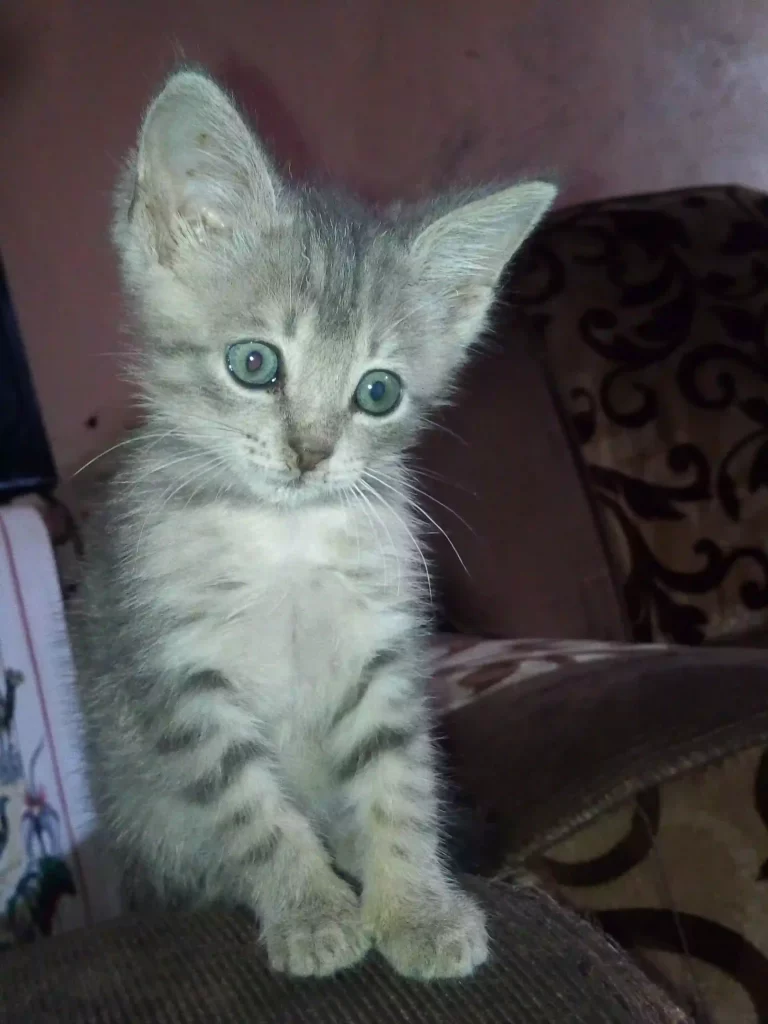
3. Can help improve the coat and skin of cats
Lobster can help improve the coat and skin of cats by providing them with omega-3 fatty acids. These fatty acids help to nourish the skin and fur.
Feeding your cat this seafood can help keep them healthy and shed less hair.
4. Can help improve the joint health
Seeing lobster is packed with fatty acids, it can help kittos with arthritis and joint pain. The omega 3 has anti-inflammatory properties helpful for joint health.
5. Can help improve the digestive health of cats
Lobsters can be a great seafood option for cats as they help to balance their diets. They are also packed with nutrients that can help improve the digestive health of cats.
However, it’s important to start with small amounts and monitor your cat’s reaction, as some cats may be sensitive to seafood.
6. High in Vitamin B12, potassium and other minerals
Cats need potassium and vitamin B12 for healthy heart function and to regulate their body fluids. This food contains more than the required level of both nutrients, making it a great choice for cats with kidney problems.
In addition to being high in potassium and vitamin B12, this food is also rich in other essential nutrients like protein, fat, vitamins A & D, minerals like magnesium and zinc, and omega-3 fatty acids.
It’s affordable too, making it a great option for cat owners looking for a high-quality food that offers all these great benefits at a reasonable price.
7. Improves immunity for cats
Feeding your cat lobster can have numerous benefits for their health. The shellfish is a good source of omega-3 fatty acids, which help fight inflammation in the body and improve immunity.
In addition, lobsters are low in fat and cholesterol while being rich in zinc and vitamin B12. This makes them an ideal food for cats with diabetes or other health conditions.
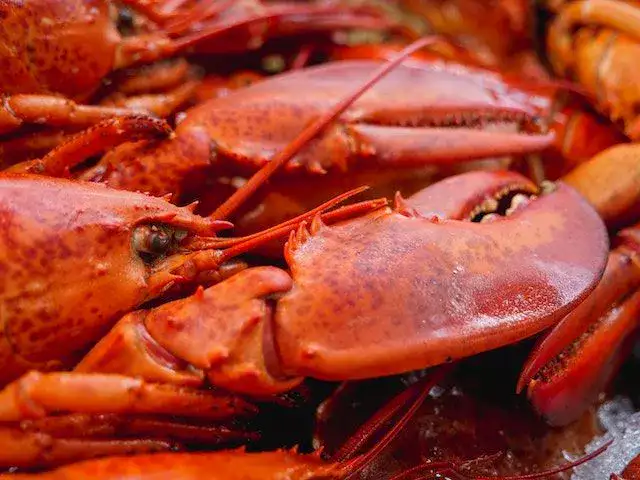
8. Has anti-cancer properties
Lobster can help prevent cancer in cats by providing key nutrients for thyroid function. Selenium and omega-3 fats found in the shellfish may have anti-cancer effects.
Selenium is a mineral which has been linked to a number of health benefits in cats, including improved mood, wellbeing, and thyroid function.
9. Prevents anemia in cats
Lobster is a good source of selenium, which is important for keeping your cat’s immune system healthy. Selenium can help prevent anemia in cats by helping the body to create new blood cells.
The shellfish is also packed with copper. The mineral is essential for the body to produce red blood cells, and deficiency can lead to anemia.
10. Keeps the thyroid functioning properly
Lobster is a good source of iodine for cats. It’s an important mineral for regulating the thyroid, metabolism and other body functions.
The shellfish contains about 2% of the daily iodine requirement for cats.
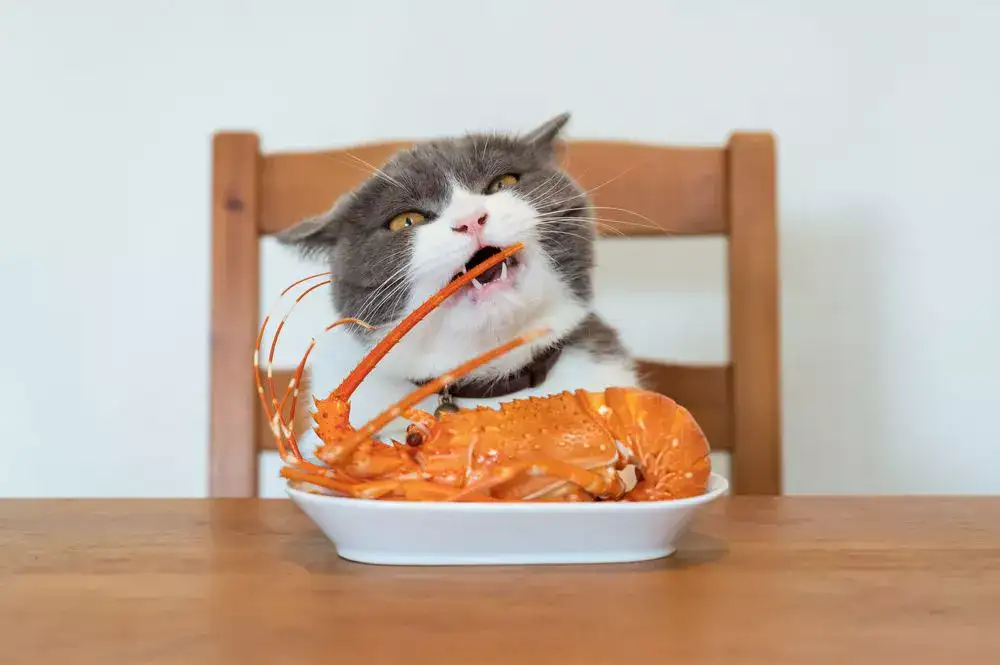
11. Can help to keep your cat’s teeth and gums healthy
Lobster is a healthy choice for your cat because it contains omega-3 fatty acids which can help reduce plaque and tartar build-up on your cat’s teeth and gums.
Additionally, the anti-inflammatory properties of omega-3 fatty acids can help to reduce the symptoms of gingivitis. So, not only is lobster a delicious food for you and your family, but it’s also a healthy option for your cat!
Are there any negative effects of feeding cat lobster?
1. Indigestion
Feeding your cat lobster can lead to indigestion if the lobster is a large part of the cat’s diet or if it’s not cooked properly.
Cats should only eat cooked lobster that is free of shells. Seasoning the lobster with garlic or dairy can also cause digestive upset in cats.
2. Seafood allergy
Feeding your cat lobster can lead to an allergy if they are not used to eating seafood. It is important to only feed them lobster in moderation as you monitor them for any allergy symptoms.
If you are unsure whether or not your cat is allergic to seafood, it is best to consult with a veterinarian before feeding them lobster.
3. Shellfish bacteria and food poisoning
When feeding a cat lobster, there is a risk of the cat developing food poisoning. This is because lobsters can contain harmful bacteria that can make a cat sick.
Symptoms of food poisoning in cats include vomiting, diarrhea, and dehydration. If you notice any of these symptoms in your cat after she has eaten lobster, it is best to take her to the veterinarian right away.
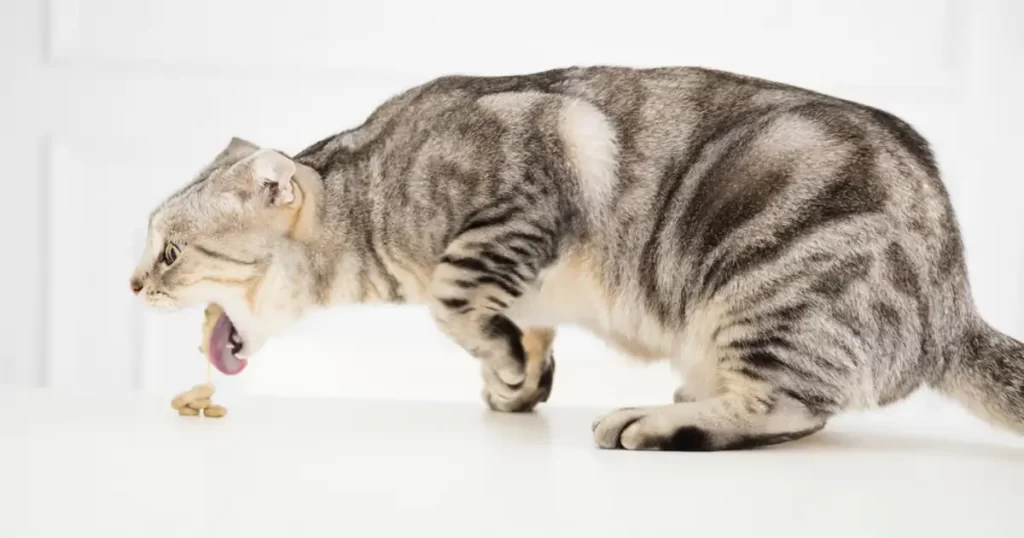
4. High sodium levels
Lobster is high in sodium, which can be harmful to cats if they eat too much of it. Cats can suffer from water retention, bloating, and even liver disease if they consume too much sodium.
It’s best to feed your kitto seafood only in moderation. And, only give them a small amount of lobster or cooked meat.
5. High cholesterol levels
Lobster is high in cholesterol and can be harmful to cats if eaten in large quantities.
Too much cholesterol can lead to a build-up of plaque in the arteries. This can lead to heart disease.
It is best to limit the amount of lobster your cat eats to avoid any health complications.
6. Lobster is a choking hazard
Lobster can pose a choking hazard for cats if they are not able to eat it properly. It is best to avoid giving your cat lobster unless you are sure she can eat it safely.
If you do give your cat lobster, make sure to supervise her while she is eating it to ensure she does not choke on it.
How much lobster can your cat eat?
A general rule of thumb is to feed your cat 1/2 to 1 ounce of lobster. If you have a kitten between 6 weeks and one year old, you should feed them 1/4 to 1/2 ounce of lobster.
If your kitto is over one year old, you can feed them up to 1 ounce. However, it’s always best to talk to your veterinarian before feeding your cat any new food, including lobster.
How to prepare lobster safely for your cat?
1. Only feed your cat cooked lobster
Lobster can be safely fed to cats as long as it is cooked and does not comprise a large percentage of their diet. Lobsters should be cooked alive and properly to avoid any ill effects.
2. Remove the claws (hands) and legs before feeding your cat
It is important to remove the claws and legs from a lobster before feeding it to your cat. The small pieces of meat can easily get stuck in a cat’s throat, which can lead to choking.
To remove the claws and legs, first twist each leg until it pops out of the socket. Then, using a sharp knife, cut through the meat at the joint where the claw meets the body. Finally, cut through the tough shell of the claw with kitchen shears.
3. Remove the intestinal tract before feeding your cat
The intestinal tract of a lobster contains bacteria that can cause food poisoning in cats. To avoid this, the intestinal tract should be removed before feeding the lobster to your cat.
To remove the intestinal tract, first cut along the length of the lobster’s belly, starting from behind the head. Then, use your fingers to carefully loosen and remove the intestine. Once the intestine is removed, rinse the lobster well to remove any bacteria that may be present.
4. Do not add any seasoning to the lobster
You should not add any seasoning to the lobster when preparing it for your cat. Seasoning can be harmful to cats. Some can contain ingredients that are toxic to cats. For example, butter, onion and garlic powder. Other seasonings can make the lobster too spicy for your cat to eat.
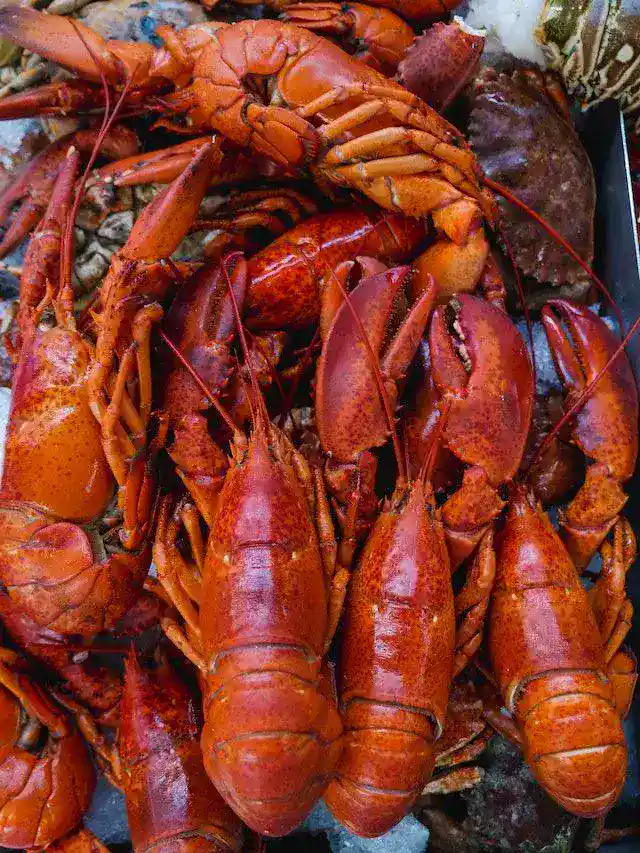
5. Lobsters should only be as treats
You should not feed your cat lobster every day as it can lead to obesity and health problems. It should only be as an occasional treat. Feeding your cat lobster once or twice a week is the recommended amount.
The safe way to feed lobster to cats
Feeding your cat lobster is safe as long as the following conditions are met:
1. The lobster should not be a large part of the cat’s diet
2. The lobster should be cooked alive
3. Your cat should not eat the shells
4. Don’t add seasoning. Garlic and dairy are poisonous to cats and may cause digestive upsets in cats with lactose intolerance.
If you follow these guidelines, you can safely feed your cat lobster without any negative effects.
FAQ on sea cat food
Can cats eat lobster shells?
Cats should not lobster shells. The hard, sharp edges of the shell can cut your cat’s gums and tongue, and if swallowed can cause digestive issues. The shell is often covered in harmful bacteria which can make your cat sick.
Can cats eat lobster tails?
Cats cannot eat lobster tails because the shell is sharp and can contain harmful bacteria. If a kitto eats a lobster tail, the sharp edges of the shell could cut their mouth or throat.
Can cats eat lobster alive?
Cats cannot eat lobster alive. Raw fish is a no-no for our furry besties. The shellfish can contain harmful bacteria. That’s why lobster is cooked alive to avoid the harmful bacteria from multiplying once the fish is dead.
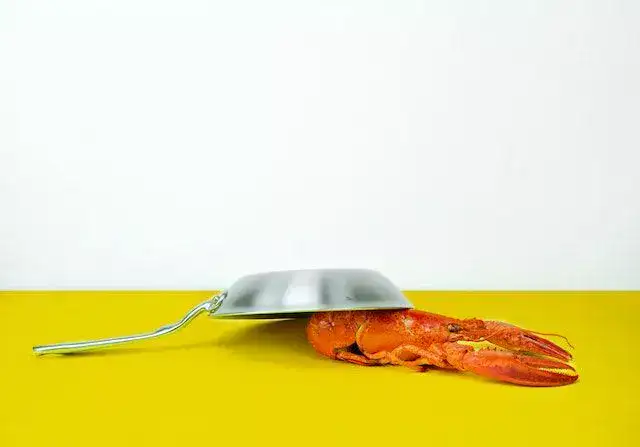
Can cats eat lobster bisque?
Cats should not eat lobster bisque. The bisque can contain harmful ingredients, including thyme and paprika. These ingredients can cause stomach problems for cats. It is best to avoid giving lobster bisque to cats, and humans should also avoid eating it.
Can lobster kill cats?
Lobster will not kill cats, but there are some things to be aware of. Cats are not naturally evolved to eat seafood and it’s not part of their genetic diet. This means that they can be allergic to lobster and raw lobster can make them ill.
Lobster shouldn’t be given to cats in large quantities and should only be well-cooked. Additionally, preservatives and sauces can make lobster even more harmful to cats.
Finally, metal build-up in the body from eating shellfish can lead to health problems for cats.
In conclusion, while the lobster is unlikely to harm cats, it is best fed in small quantities and without any sauces or preservatives.
Can cats eat scallops?

Yes. Cats can safely eat scallops. However, it should only be in moderation as too much can cause health issues.
